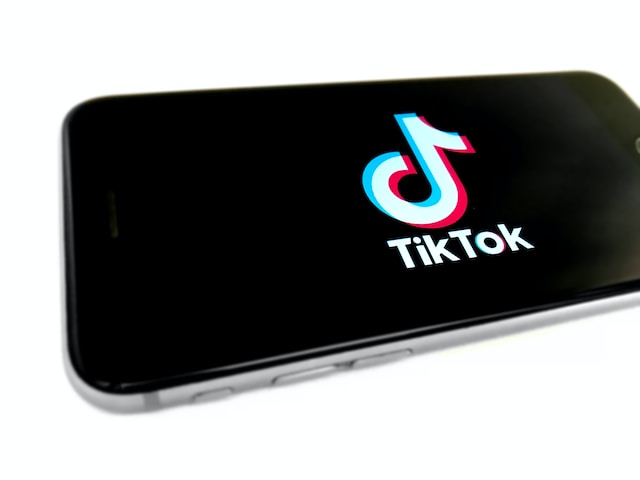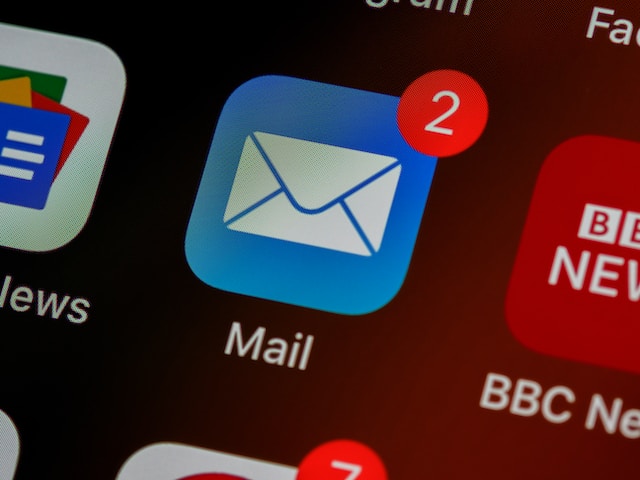Door-to-door sales are largely a thing of the past. Cold calling isn’t so hot anymore. These days, selling is happening online — largely through social selling. What is social selling, what are the benefits, and how can you start to implement it in your own company?
Let’s start at the beginning.
What is Social Selling?
Social selling refers to using your social media channels to connect with leads, form relationships, have meaningful conversations, and gently move them toward the close. Think of social selling as another method for increasing sales. It’s all of the normal interactions you’d probably have with potential clients/customers… but online!
Just as important as what social selling is, is what it’s not. First, it doesn’t strictly refer to running paid ads, although that can be a part of it. Rather, it’s the greater relationship between your brand and your leads. It’s one facet of your customer journey map.
Also, while some of your current social media marketing efforts might indeed already be social “selling,” they aren’t by default.
An Example of Social Selling
There are infinite examples! Let’s say your company creates all-natural, non-toxic cleaning products. Maybe you post on Facebook and Instagram featuring your sanitizing spray, talking about how it effectively cleans without using dangerous chemicals. In addition, you share how these dangerous chemicals can negatively impact people’s health.
In this example, you’re not just promoting the product. You’re also providing value to your audience. While you’re not blatantly saying, “Hey, buy our product!” you are demonstrating why people should choose you over your competitors.
Why You Need It
If you’re still not convinced, let’s talk more about why social selling should be a part of your overall sales and marketing strategy. Most important, social media plays a huge role in convincing people to purchase!
For instance, research says that 54% of social media users use their channels to research products. Furthermore, 71% are likelier to buy something based on social media referrals. And one survey found that 90% of participants buy from brands that they follow on social media.

In other words, if you’re not using social media to indirectly sell your products or services, you’re leaving money on the table (and potentially a lot of money, at that).
5 Tips for Leveraging Social Selling
Okay, so you now understand what it is and why it’s so important. Let’s talk about how you can get better at it!
1. Target a Specific Persona
One mistake that brands make online (whether that be on social media or their website) is trying to target everyone. But here’s the thing. Not everyone is your ideal customer, and not everyone is going to care about your product.
Let’s go back to the example of the brand with non-toxic cleaning products. “Well, everyone cleans!” you might be saying. And maybe that’s true. However, not everyone is concerned with the ingredients in their products. So, maybe you’re looking for people who clean and are health-conscious, eco-conscious, have allergies, or want to protect kids or pets in their home from toxic ingredients.
Those are the people you should be targeting.
2. Help First, Sell Later
Perhaps ironically, social selling isn’t purely about selling in the traditional sense. As I said earlier, you’re not telling people to buy your product or service. Rather, you’re telling them how you can help them solve a problem they’re having. You’re providing value. And if you can show people how you can help them, then they’ll gladly pay you for that solution.
Help, don’t sell.
3. Approach it Holistically
Earlier, I mentioned customer journey mapping. Creating this map is so important because your relationships with your leads aren’t merely transactional. It’s like dating. You have to get to know each other before they’ll feel comfortable enough to spend money on your brand.
Your sales and marketing don’t hinge on one strategy. So, social selling in and of itself won’t be enough to get the job done. This means that in order to fully leverage it, you have to define what comes before and after it.
For instance, if you’re using social media to share how your cleaning products are a safer alternative to more common name brands… what happens next? Do you invite people to sign up for your email list? What kind of incentive will you offer them if they do so?

Make a list of all the touchpoints you aim to have with your leads. It will help you understand how social selling fits into the bigger picture. Once you know what those touchpoints are, you’ll have a better idea of what your audience needs, and when they need it.
4. Split-Test Everything
If you’re using TikTok for social selling, how can you know what kind of description boosts your engagement? You split-test it! Split-testing (also called A/B testing) means you change one variable to see how it impacts the results. For instance, you can post the same video twice: Once with a long description and once with just a sentence. Or, you can post the same TikTok/description twice but only use hashtags in one version.
5. Track, Measure, and Pivot as Needed
Some approaches will work better than others. No two brands are exactly alike. You might find that videos help you ultimately sell more than images. Or maybe content delivered via email performs better than blogs on your website. However, the only way you can know what works best is if you track and measure it. This is a must!
Eventually, patterns will start to emerge. Something is going to outperform something else. When you see that happening, double down on what works and shelve what doesn’t. Then, split-test it again! Wash, rinse, repeat.
Marketing and selling your products/services is a journey. It’s a marathon, not a sprint. With patience and creativity, social selling can work wonders for your brand.
Want to keep learning? Head to my YouTube channel next!













